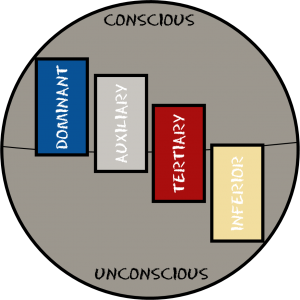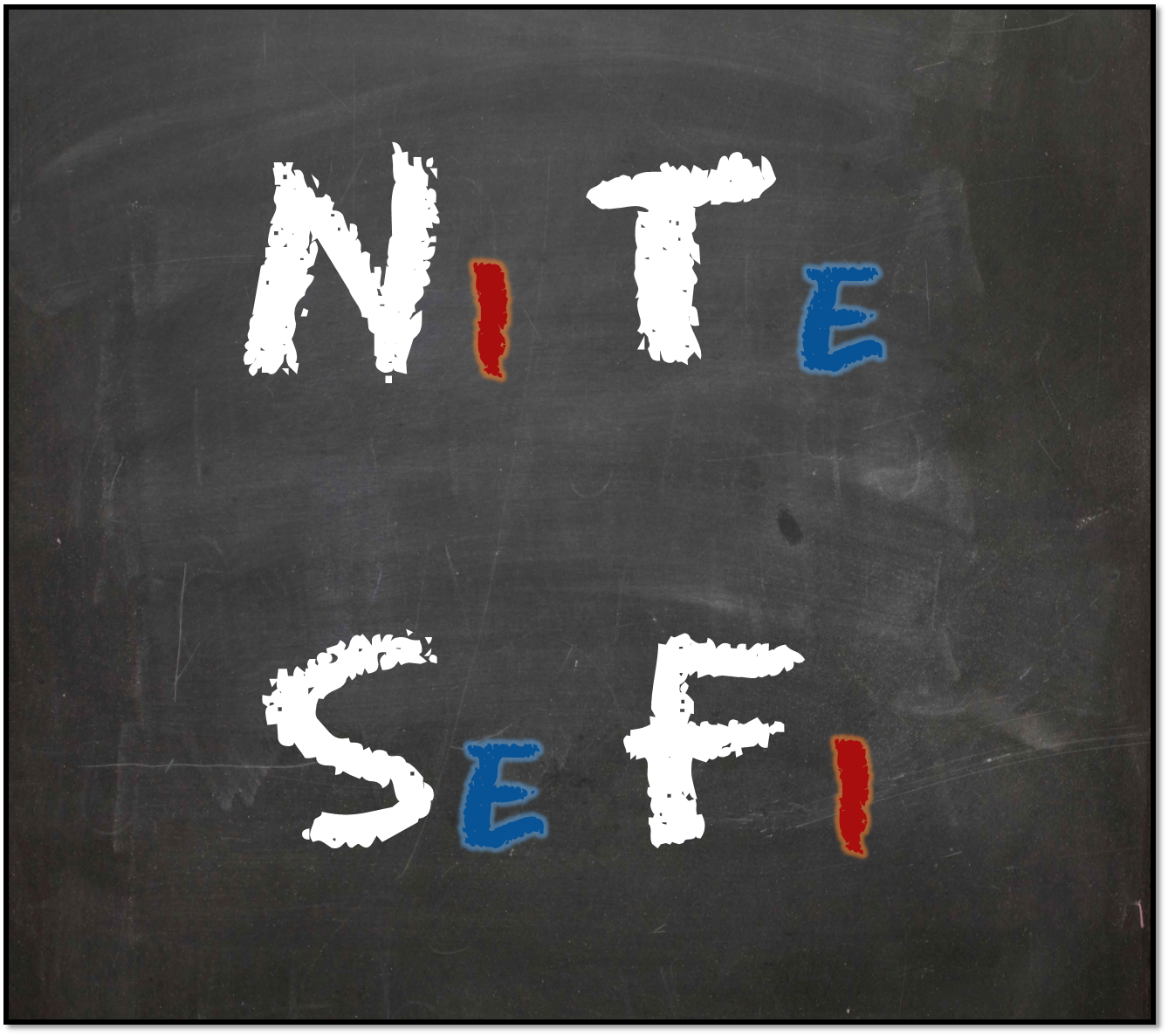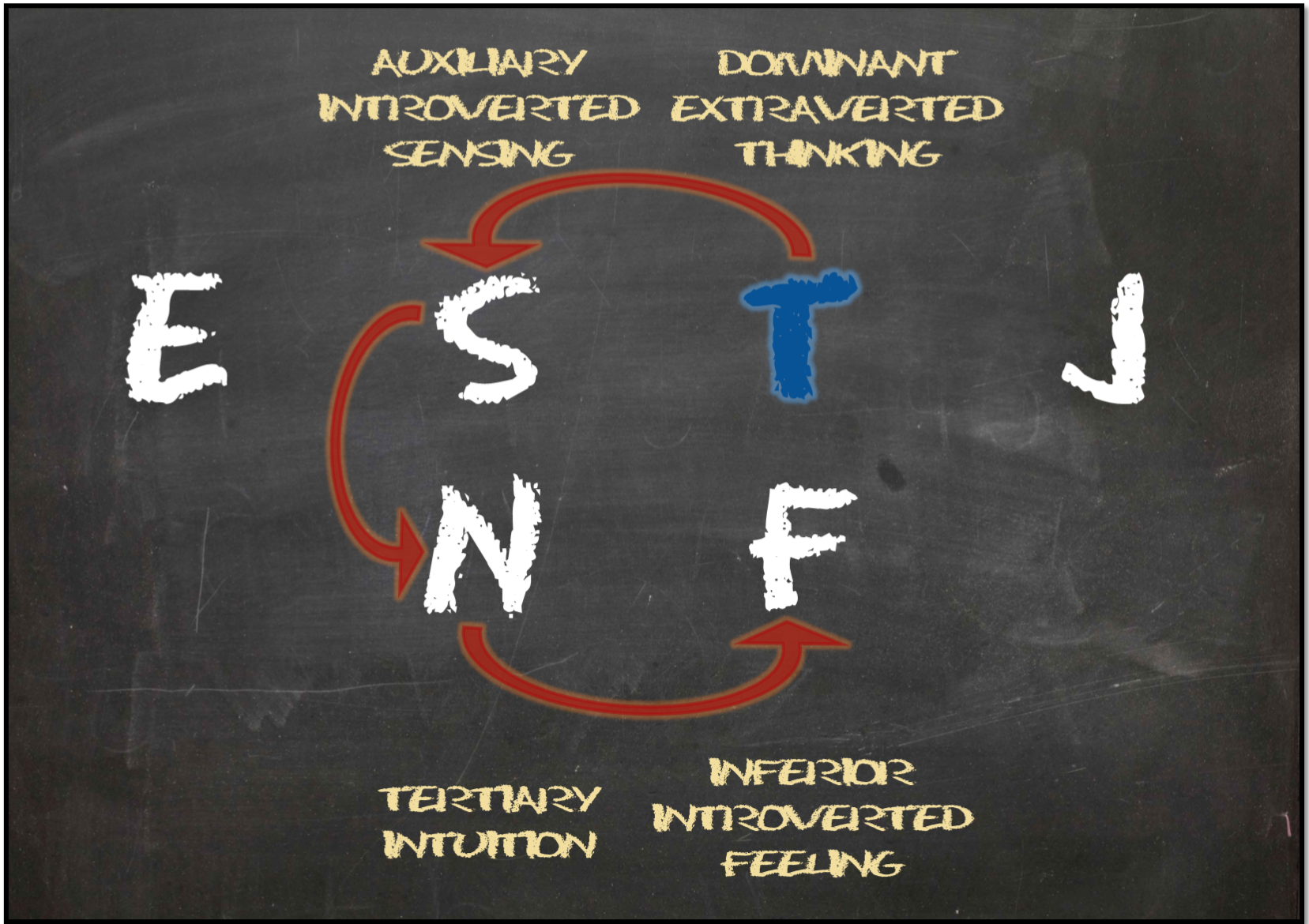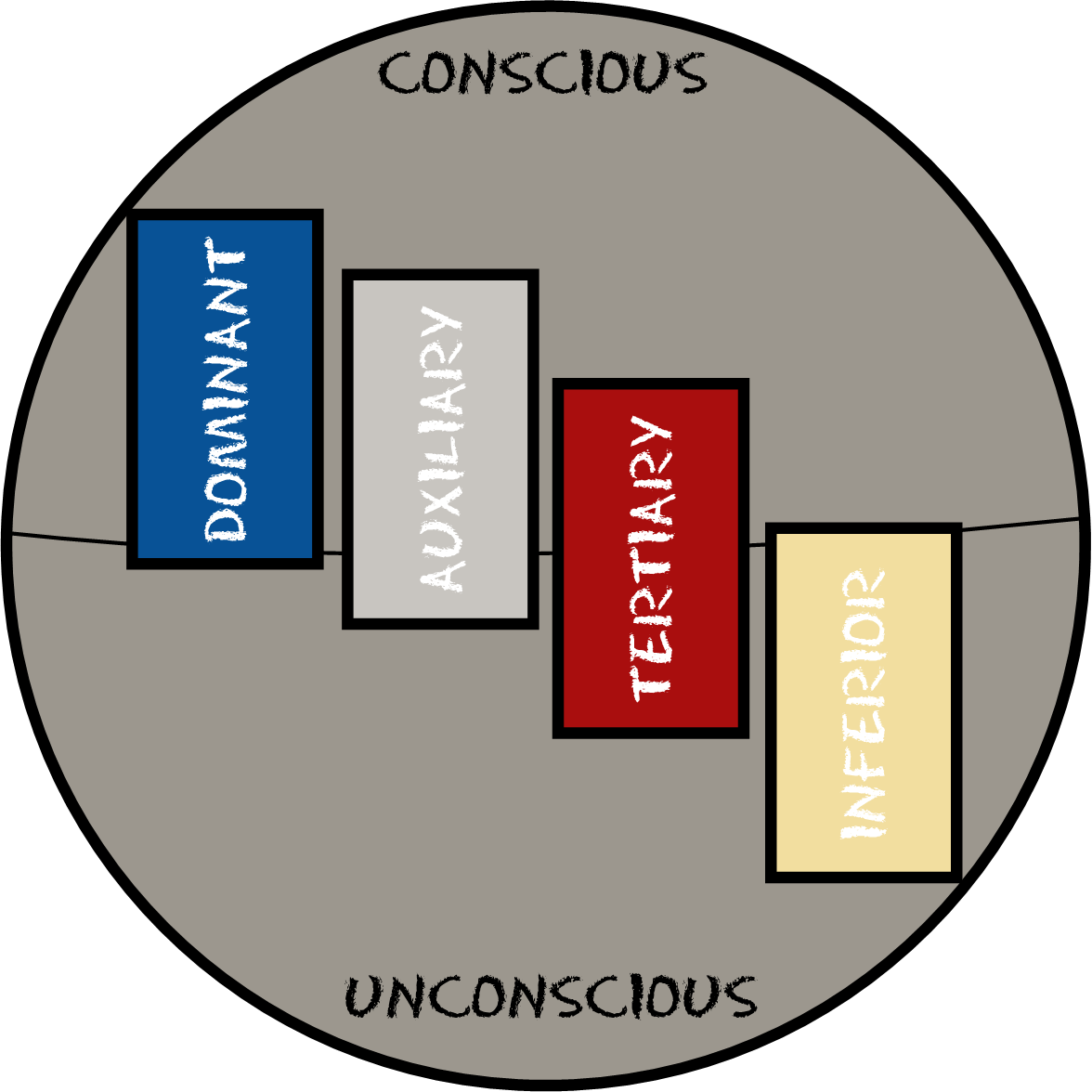
 Almost every time I present Myers-Briggs® to groups, someone will say, “I used to be an ISTP, but now I’m an ENTP because I changed types.” In fact, I have heard that so many times that I have added sections to my MBTI® interpretation to intercept this question before anyone gets a chance to ask it. As is mentioned numerous times in numerous articles on this site, type theory hypothesizes that an individual’s MBTI® type is inborn in a similar fashion to right and left handedness. In other words, a person who is born an INFJ, ESTP, etc. will remain that type throughout life.
Almost every time I present Myers-Briggs® to groups, someone will say, “I used to be an ISTP, but now I’m an ENTP because I changed types.” In fact, I have heard that so many times that I have added sections to my MBTI® interpretation to intercept this question before anyone gets a chance to ask it. As is mentioned numerous times in numerous articles on this site, type theory hypothesizes that an individual’s MBTI® type is inborn in a similar fashion to right and left handedness. In other words, a person who is born an INFJ, ESTP, etc. will remain that type throughout life.
Occasionally, I hear a rebuttal to my explanation of type being consistent throughout life, which states, “Well, how do you explain the fact that lots of Extraverts become more reflective as they get older, and some Thinking types become big, mushy teddy bears in later years?” That is a great question! In previous articles, we have looked at the basics and rationale for type dynamics, the formula to determine the dynamics of each type, and the impact dynamics have on the functions of type. The final chapter in this series of type dynamics looks at how type grows and develops over the lifespan.
Carl Jung believed that individuals spend approximately the first 30 years of life learning to use and master their own type and preferences. After reaching a point of mastering one’s own type, Jung believed an individual would begin to develop skills in his or her Tertiary and Inferior preferences. This may look like a Feeling type who begins to appreciate and exercise a more objective, or Thinking, decision making style in situations where it seems more appropriate, or it may be a Sensing type who starts to seek the big picture and possibilities in areas where concrete details aren’t quite cutting it. Now, this does not mean that an individual will abandon his or her inborn preferences. It simply means that the person may feel comfortable enough in her own type to appreciate the usefulness of other ways of doing things, and that person may choose to do things in other ways, using other functions when appropriate. This timeline of type development is perhaps ideal, and it can either be supported or derailed, depending on several factors listed below.
| Supporting Type Development | Derailing Type Development | |
|---|---|---|
Society | In the United States, ESTJ is considered to be the ideal type for a male, and ESFJ is considered to be the ideal type for a female. That is to say that these types embody qualities that are prized by US society on the whole. As such, individuals of these types may feel supported and encouraged to exercise and develop natural preferences. Please note that other countries may prize other preferences, such as Introversion, etc. | Individuals with preferences further away from the cultural ideals of the society in which they live may feel pressure to conform to society, or they may at least feel a lack of support to develop their own type. Perhaps this is most true in the US for male INFPs and Female INTPs as these types are considered to be the opposite of the cultural preference. Please remember that type theory states that ALL types are equal. No type is better than another, and this description simply describes how culture may impact type development. |
Family and Friends | If a child or an adult is surrounded by others who share his type, this may provide validation and support for development of preferred preferences. Of course, even if a person lacks type alike interactions with others, type development can be supported by individuals who provide room for and acceptance of differences and developing preferences. For example, if a Sensing parent notices a vivid imagination, exploration of possibilities, or big picture thinking in a child, he or she can support development by allowing the child to explore in this way. | If a child is surrounded by individuals of types other than his own, he may feel little validation for his own type. This is especially true if those around him try to change his type. For instance, if a child or adult prefers Introverted, but is forced to take on Extraverted qualities and activities routinely, the person may pull away from others in an unhealthy way or may try to fake being an Extravert, to the detriment of development. |
Success | If an individual uses her preferences in a balanced way and gains experience successfully perceiving information and making decisions, this will increase confidence in those preferences and promote mastery and confidence. This is true with peer groups, school, completing projects, and in many other areas. | Trying to use preferences to conquer tasks and failing repeatedly could derail type development by invalidating the use of a preference. This may be an Intuitive student who has points taken off in Math class for showing work in her own way, rather than the way that was taught. |
Other Factors | Having ample opportunity to explore and express preferences and having a drive to succeed can aid in type development. Also, partaking in a job, hobby, or other activity that makes good use of preferences can give type development a boost. | If an individual rarely has opportunities to explore and use preferences, such as having decisions made by others, type development can be hindered. Also, being "rescued" or giving up before reaching success can derail development, as can not having environments or participating in activities that make adequate use of type preferences. |
This list is far from exhaustive, but it should give you an idea of the ways that type development can be impacted by the outer and inner worlds. Reading the list may have you wondering what happens when type development is derailed, and there are probably as many answers to that question as there are people. Sometimes, type development that is derailed in childhood will kick into high gear when a person moves out on his or her own and is given the freedom to learn about and explore self. College is often a great time for this! Sometimes a change in relationship status, career, or other environment can act as a catalyst to type development.
I have found that the actual act of learning about the MBTI® can be a great opportunity to see how type development has been impacted by life… especially if an individual has been impacted to the point that it is difficult to decide on a best-fit type! That is because struggling to determine type may cause a person to explore the real impact environment has had on who she is, and it can be the beginning of healing and self-acceptance. In my opinion, self-knowledge and self-acceptance are two of the greatest gifts the MBTI® has to give, and it is never too late to receive these gifts or to develop your type, whether you’re 2 or 95! If this is an area you are struggling with, I recommend reading more about type. Gifts Differing by Isabel Briggs Myers and Peter Myers is always a great place to start, and the last 5 chapters are devoted specifically to this topic. If you have access, as many college students do, you may consider setting up a meeting with a counselor or a Certified MBTI® Practitioner to explore this topic further. I hope you have enjoyed this series on type dynamics, and I thank you for reading.




Yep.
I was confused when I first got an ISTJ on one of the (unofficial) online questionnaires, especially after I did enough research to understand that I don’t fit the profile. (I am, have been, and will be, INTJ).
However, I have been developing my Se — a lot. I learned about mindfulness several years ago and I have been actively working on noticing, on seeing, on looking. I;m also HSP which means that the senses are always on and sometimes overloaded.
I am very pleased that the official MBTI® still reports INTJ (although my results for N/S are “moderate”).
Thanks, Vicki! You bring up a great point about the quality of the instrument and the importance of digging into MBTI knowledge enough to make sure you really find the best fit type.
This is one of the few sources I’ve found that addresses lifespan development in a typological light, and I’ve been sifting through online/print resources for the past 2 1/2 years!
There’s even posters on the various typology/personality forum sites who even assert that there’s no such thing as lifespan development (whether explicitly or implicitly).
Thanks, Jenny! I should actually write more about lifespan development, as it is a completely fascinating topic to me. I love discussing how environmental factors (family, work, etc.) impact a person’s ability to express type and how that pans out over time. I think a lot of people get confused on this topic because they want a black and white explanation to state that type either stays totally the same over the lifespan or that your life experience causes you to move freely between types. I feel like I spend my whole life explaining to people that an INFJ won’t “turn into” and ENFP, but that does not mean that type doesn’t grow as we age. I appreciate the comment and the inspiration to write more on the topic! 🙂